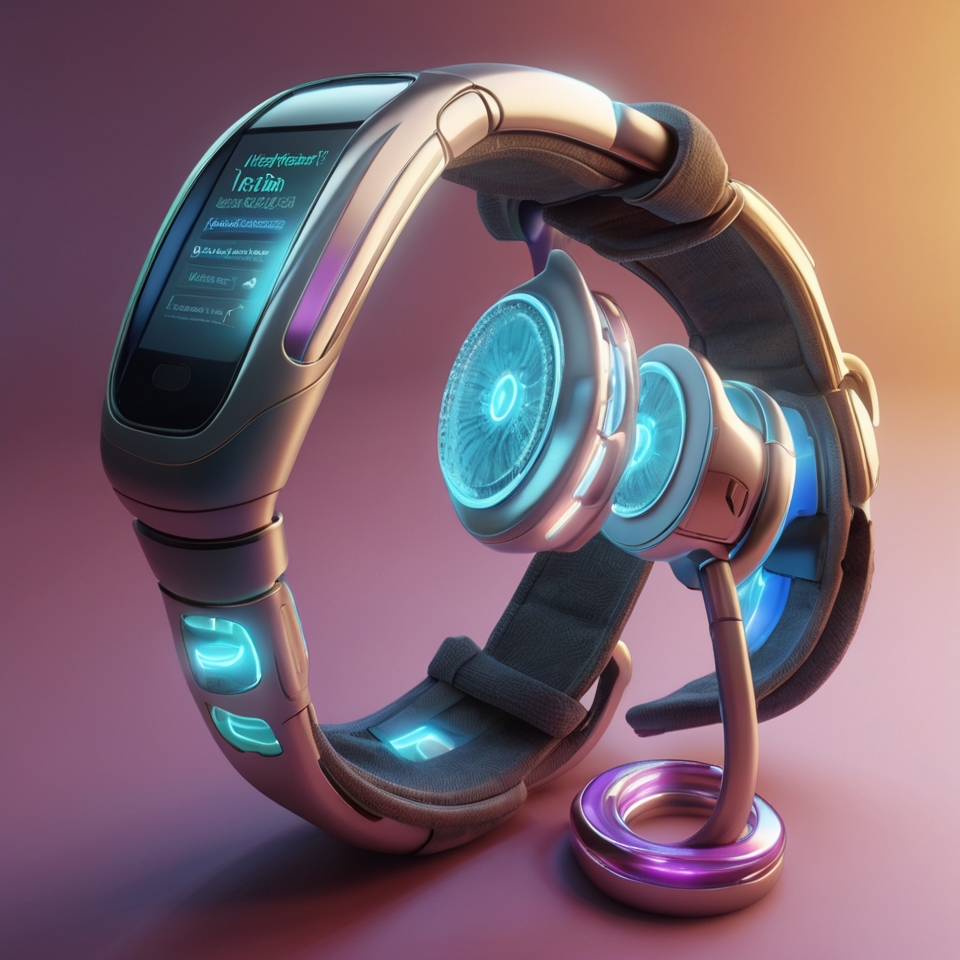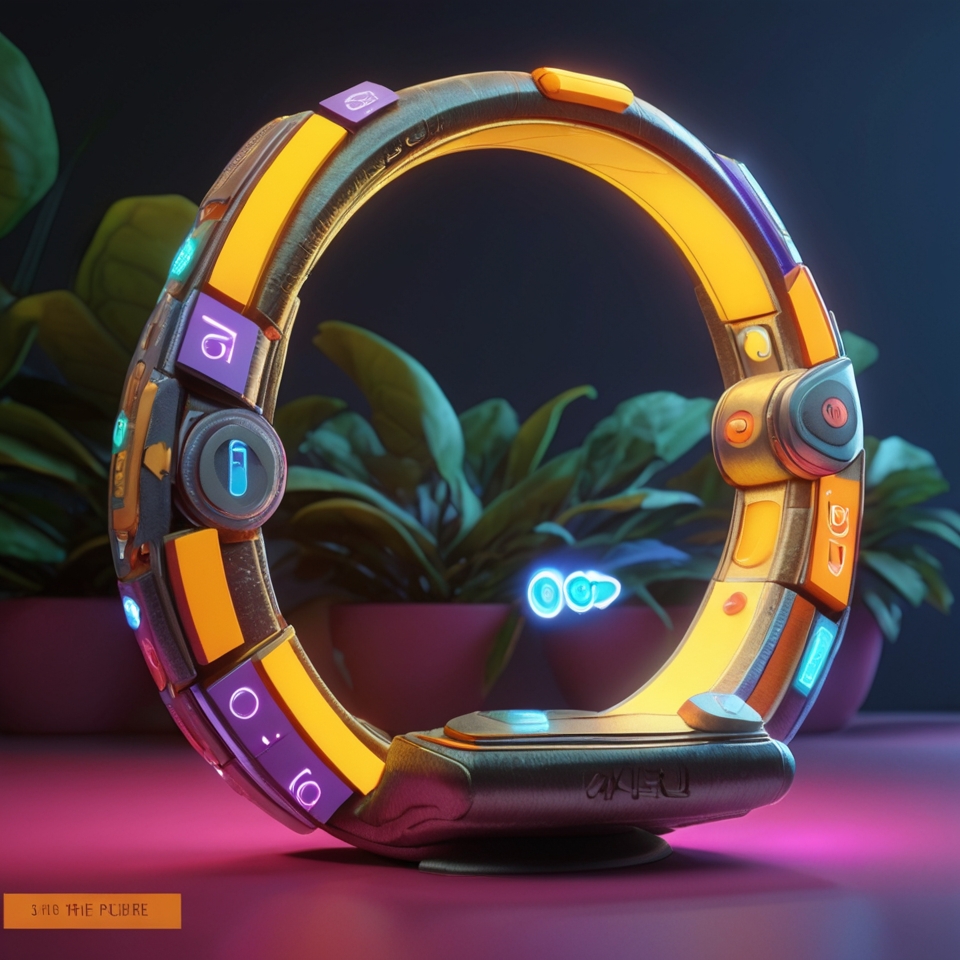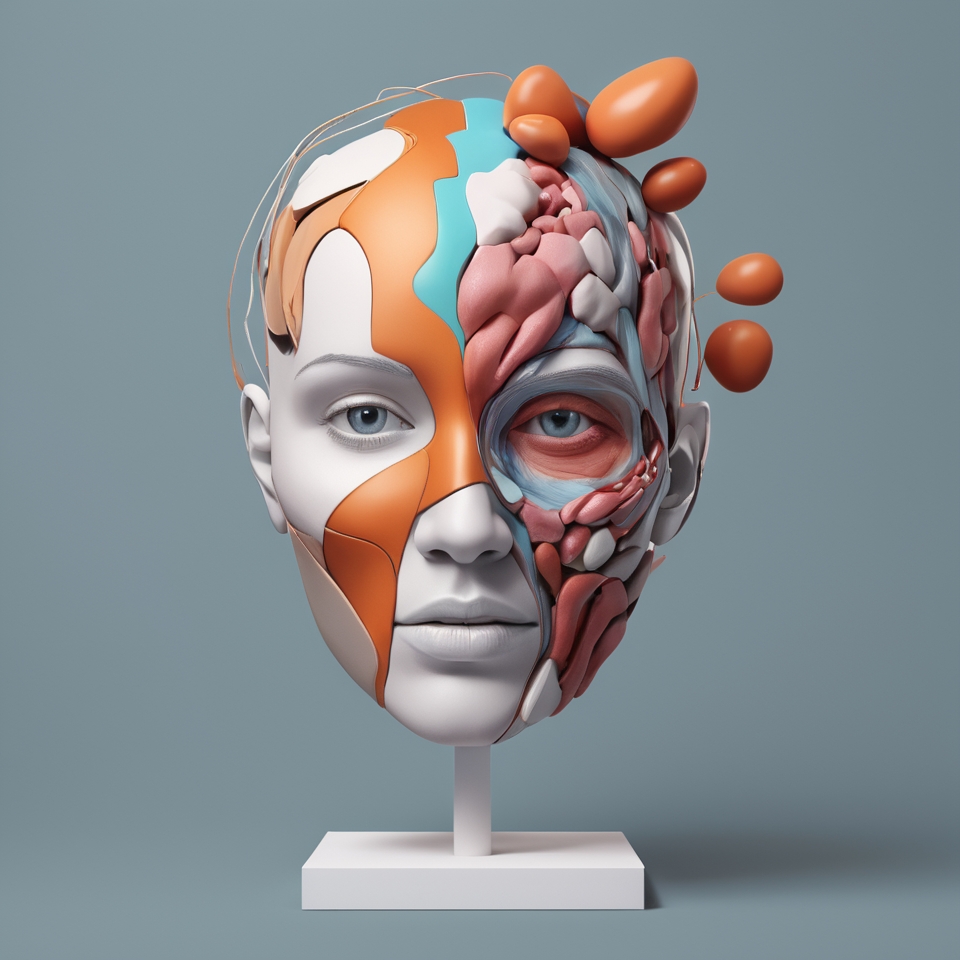As we step into 2024, wearable technology continues to evolve, impacting industries and everyday life in unprecedented ways. From healthcare to fashion, wearables are at the forefront of technological advancement. This article explores the top wearable technology trends in 2024 and beyond, offering insights into innovations that are shaping the future.
1. Healthcare Wearables: A New Era of Personalized Medicine
One of the most significant trends in wearable technology is its application in healthcare. In 2024, health monitoring devices are more advanced than ever, offering a wide range of functions. These wearables go beyond tracking steps or monitoring heart rates. They can now detect conditions like sleep apnea, atrial fibrillation, and diabetes with high accuracy.
Wearables are evolving into personalized health assistants. Devices like smartwatches and fitness trackers now integrate artificial intelligence (AI) to offer real-time health advice, remind users to take medications, and even alert emergency contacts during a crisis. This trend is pushing healthcare toward a preventive approach, where early detection and continuous monitoring reduce the need for hospital visits and enhance patient outcomes.

2. Smart Glasses: Augmented Reality (AR) Meets Daily Life
The revival of smart glasses is another major trend in wearable technology. Once considered a novelty, AR-enabled smart glasses are becoming more functional and stylish. Companies like Apple, Google, and Meta are releasing advanced models aimed at both consumers and businesses. These smart glasses are designed to enhance productivity by overlaying useful information directly into the user’s field of vision.
Augmented reality (AR) in smart glasses is also expected to revolutionize industries like logistics, manufacturing, and education. For instance, employees can access real-time data or step-by-step instructions while performing tasks, significantly improving efficiency. In education, smart glasses can provide immersive learning experiences by blending digital elements with the real world.
3. Fashionable Wearables: Merging Technology with Style
Gone are the days when wearable tech was bulky and unappealing. In 2024, wearable fashion is gaining momentum as more tech companies collaborate with fashion designers to create stylish smartwatches, fitness bands, and smart rings. This fusion of technology with fashion means wearables can now be both functional and aesthetic.
Leading fashion brands are integrating wearables into their collections. For example, smart clothing can monitor the wearer’s health, while smart jewelry like rings and bracelets track movement or serve as payment devices. These wearables are built to be seamlessly integrated into daily attire, reflecting a shift toward a discreet, seamless user experience.

4. Wearable Technology in the Workplace
The adoption of wearable technology in the workplace is rising rapidly. Smart wearables are being utilized in various industries to improve employee safety, productivity, and well-being. In industries like construction and manufacturing, wearables such as smart helmets and vests are equipped with sensors to monitor vital signs, fatigue levels, and environmental conditions. These wearables help prevent accidents and ensure workers’ safety.
In corporate settings, smartwatches and fitness trackers are being used to promote employee wellness by encouraging physical activity and stress management. Some companies are leveraging wearable data to design corporate wellness programs, aimed at improving overall employee health and reducing insurance costs.
5. Wearable Payments: The Future of Cashless Transactions
The trend toward wearable payments is growing stronger in 2024. Smartwatches, fitness bands, and even rings can now be used to make payments via contactless technology. With security measures like biometric authentication, wearable payments are becoming more secure and convenient. The convenience of simply tapping a device to make a payment is appealing to consumers, especially in retail and public transportation sectors.
As near-field communication (NFC) and radio-frequency identification (RFID) technology advance, wearables will likely replace traditional wallets. The future may even see widespread use of cryptocurrency wallets embedded within wearables, allowing users to manage their digital assets with ease.

6. Wearables in Fitness: Enhanced Tracking and Performance Optimization
Fitness-focused wearables continue to be a dominant trend in 2024, but with enhanced capabilities. Devices like the Apple Watch and Fitbit have set a high standard, but newer wearables are pushing the boundaries further by offering detailed performance analytics. These analytics help users optimize their workout routines, track muscle recovery, and even adjust hydration levels in real-time.
AI-powered personal trainers embedded in wearables provide users with tailored workout plans based on their physical capabilities and goals. Wearables are also incorporating virtual reality (VR) elements, creating immersive fitness experiences that keep users motivated and engaged.
7. Sustainability and Wearable Technology
Sustainability is becoming a priority for both consumers and manufacturers, and wearable tech is no exception. In 2024, companies are focusing on creating eco-friendly wearables by using recyclable materials and incorporating energy-efficient technology.
Wearable devices that can self-charge using solar energy or kinetic energy from body movement are becoming more popular. This reduces the reliance on traditional batteries and aligns with global sustainability goals. The focus on sustainability is expected to grow, as consumers demand products that are not only innovative but also environmentally responsible.

8. The Role of AI and Machine Learning in Wearable Technology
AI and machine learning (ML) are key enablers of the advancements in wearable technology. In 2024, these technologies are being used to make wearables smarter and more intuitive. AI algorithms analyze data collected from sensors in real-time, allowing devices to predict user needs and provide more accurate recommendations.
For example, AI-powered wearables can detect patterns in a user’s health data and suggest lifestyle changes before any serious medical condition arises. In addition, machine learning helps wearables adapt to the user’s habits, making the device more personalized and effective over time.
9. The Rise of Wearable Biometric Devices
Biometric wearables are on the rise, offering advanced features like facial recognition, fingerprint scanning, and heart rate variability monitoring. These devices are being integrated into security systems, banking services, and even personal devices like smartphones. The use of biometric data ensures higher security levels and faster authentication processes.
Beyond security, biometric wearables are also being used in sports and fitness. For instance, heart rate variability is now used as an indicator of athletic performance and recovery, helping athletes fine-tune their training regimes for optimal results.

Conclusion
The future of wearable technology is bright, with innovations emerging across various sectors. From healthcare to fashion, these devices are reshaping how we live, work, and interact with the world around us. In 2024 and beyond, we can expect wearable technology to become even more integrated into our daily lives, offering unprecedented convenience, security, and health benefits.

Reminder: Claim Your Commissions
Verified Fact: The Platform We Are Using Has Paid Out On Average Close To $240,000,000 in Commissions Per Year,
It’s Your Turn To Claim A Piece of The Pie Now!

